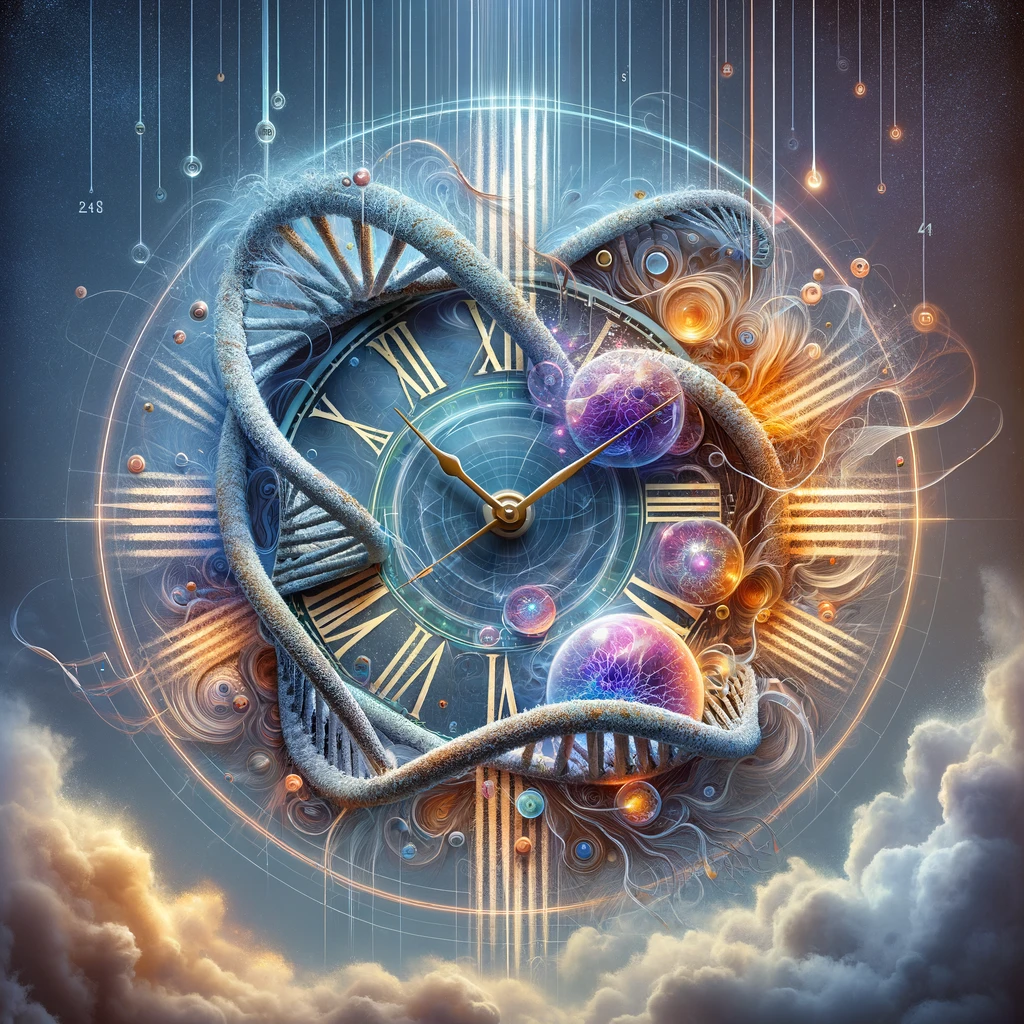
Unveiling Your True Age: The Comprehensive Guide to Biological Age Testing
In the realm of health and wellness, understanding the difference between chronological age and biological age has become a focal point for individuals aiming to optimize their well-being. While chronological age counts the number of years you’ve lived, biological age offers a more nuanced view, revealing the true age of your body based on various biomarkers and lifestyle factors. This article delves into the world of biological age testing, providing a detailed exploration of how you can uncover and potentially influence your body’s true age.
What is Biological Age?
Biological age is an assessment of how well your body is functioning compared to your chronological age. It’s a measure of your health and vitality, influenced by genetics, lifestyle choices, environmental factors, and more. This metric can offer insights into your risk for age-related diseases and overall longevity.
How to Test Your Biological Age
Biological age testing has become more accessible, thanks to advancements in science and technology. Here are the primary methods for determining your biological age:
- Epigenetic Age Testing: This cutting-edge approach uses DNA methylation patterns to estimate your biological age. The most renowned method within this category is the Horvath Clock test, which analyzes methylation levels in various tissues to provide an age estimate.
- Biological Age Calculators: Various online tools and calculators offer a quick estimate of your biological age by considering factors like lifestyle, diet, exercise, and personal health history.
- At-Home Test Kits: Companies now offer at-home test kits that can gauge your biological age through saliva or blood samples. These kits analyze biomarkers associated with aging, such as telomere length, and provide a detailed report on your biological age.
- Blood Tests: Some blood tests can provide insights into biomarkers associated with aging, such as inflammation levels, cholesterol, blood sugar, and more, offering indirect clues about your biological age.
Steps to Calculate Your Biological Age
Calculating your biological age typically involves either using an online calculator or undergoing a more detailed test like an epigenetic age test. Online calculators require you to input data related to your health, lifestyle, and physical fitness. In contrast, epigenetic and blood tests might require a visit to a professional or the use of an at-home test kit.
Can You Lower Your Biological Age?
Emerging research suggests that it’s possible to reduce your biological age through lifestyle modifications, dietary changes, regular exercise, stress management, and other health-focused interventions. Incorporating antioxidant-rich foods, engaging in regular physical activity, ensuring adequate sleep, and managing stress can all contribute to a lower biological age.
The Accuracy and Accessibility of Biological Age Tests
While biological age tests can provide valuable insights, it’s important to note that their accuracy can vary. Epigenetic tests like the Horvath Clock are considered among the most reliable, but factors such as ethnicity, gender, and the specific biomarkers tested can influence results. At-home tests are becoming increasingly accessible, making it easier for individuals to explore their biological age.
Conclusion
Understanding your biological age can be a powerful tool in your health and wellness arsenal, offering a deeper insight into your body’s true condition beyond what the calendar shows. With a variety of testing methods available, from online calculators to sophisticated epigenetic tests, individuals are now better equipped than ever to uncover their biological age and take steps to improve their health and longevity. Whether you’re looking to gauge your aging process or implement lifestyle changes to turn back the biological clock, the exploration of biological age offers a promising avenue for enhancing your quality of life.



Leave a Reply